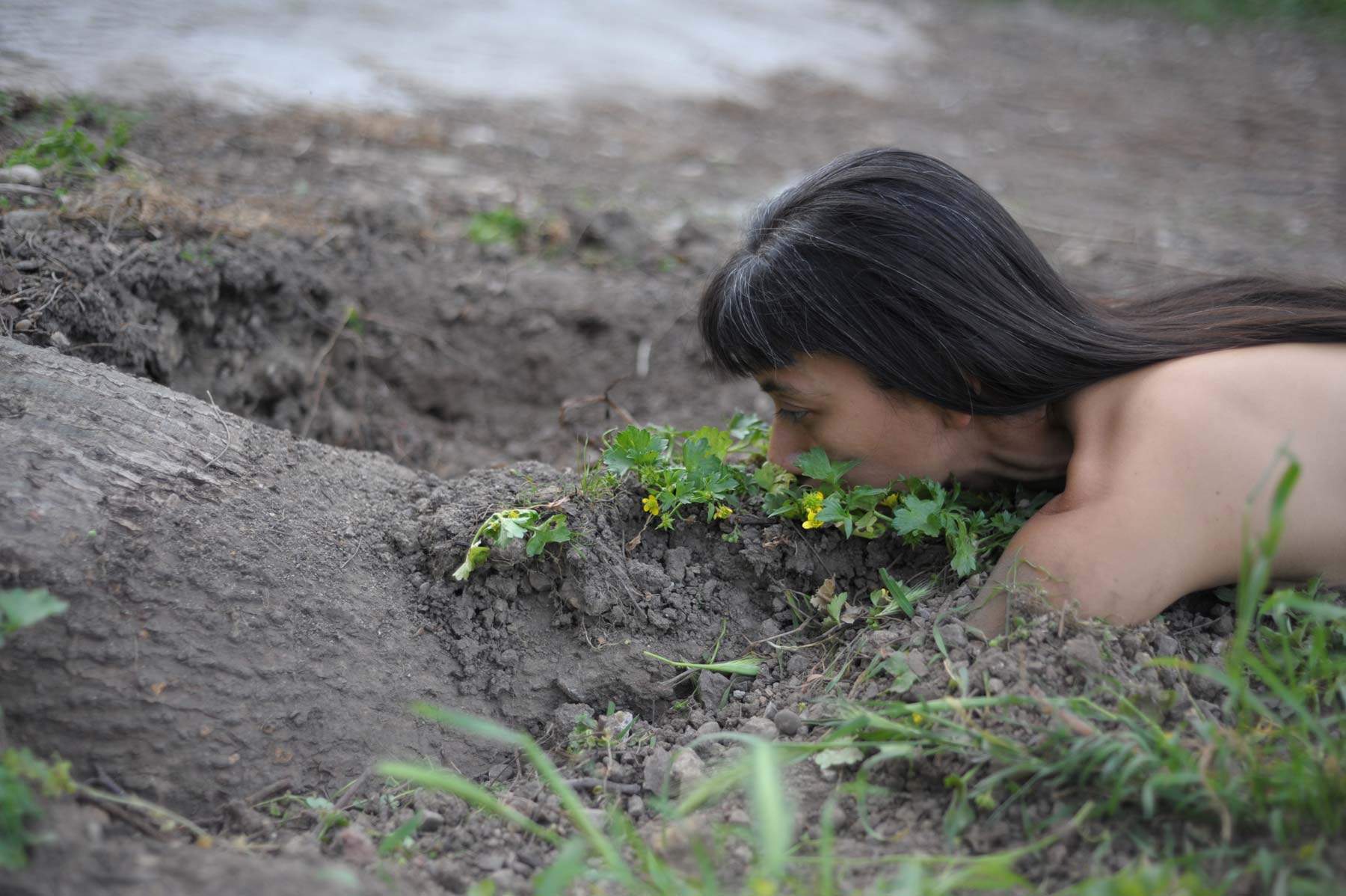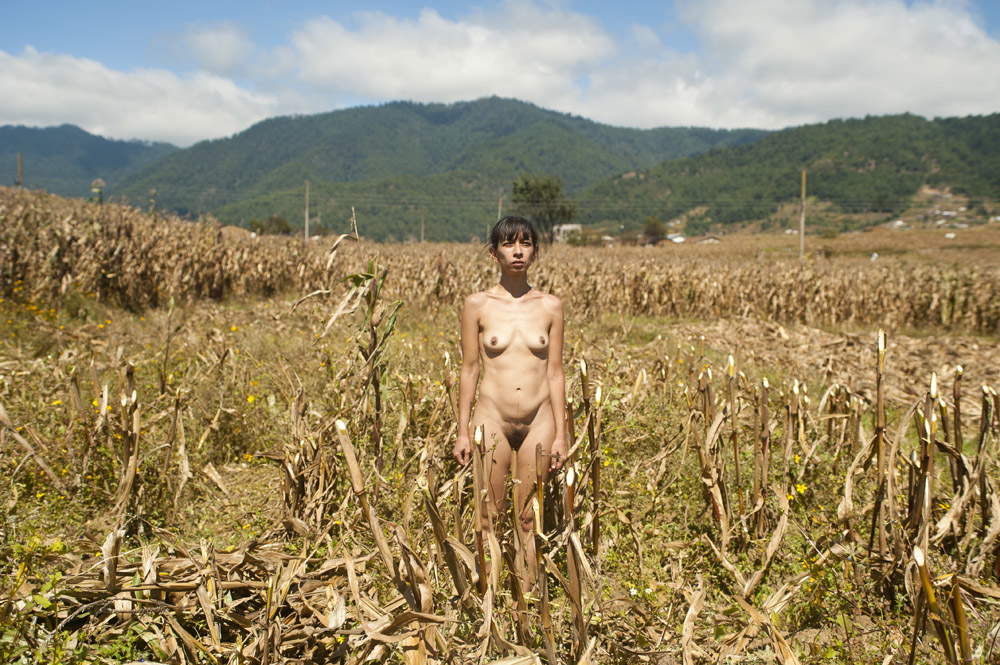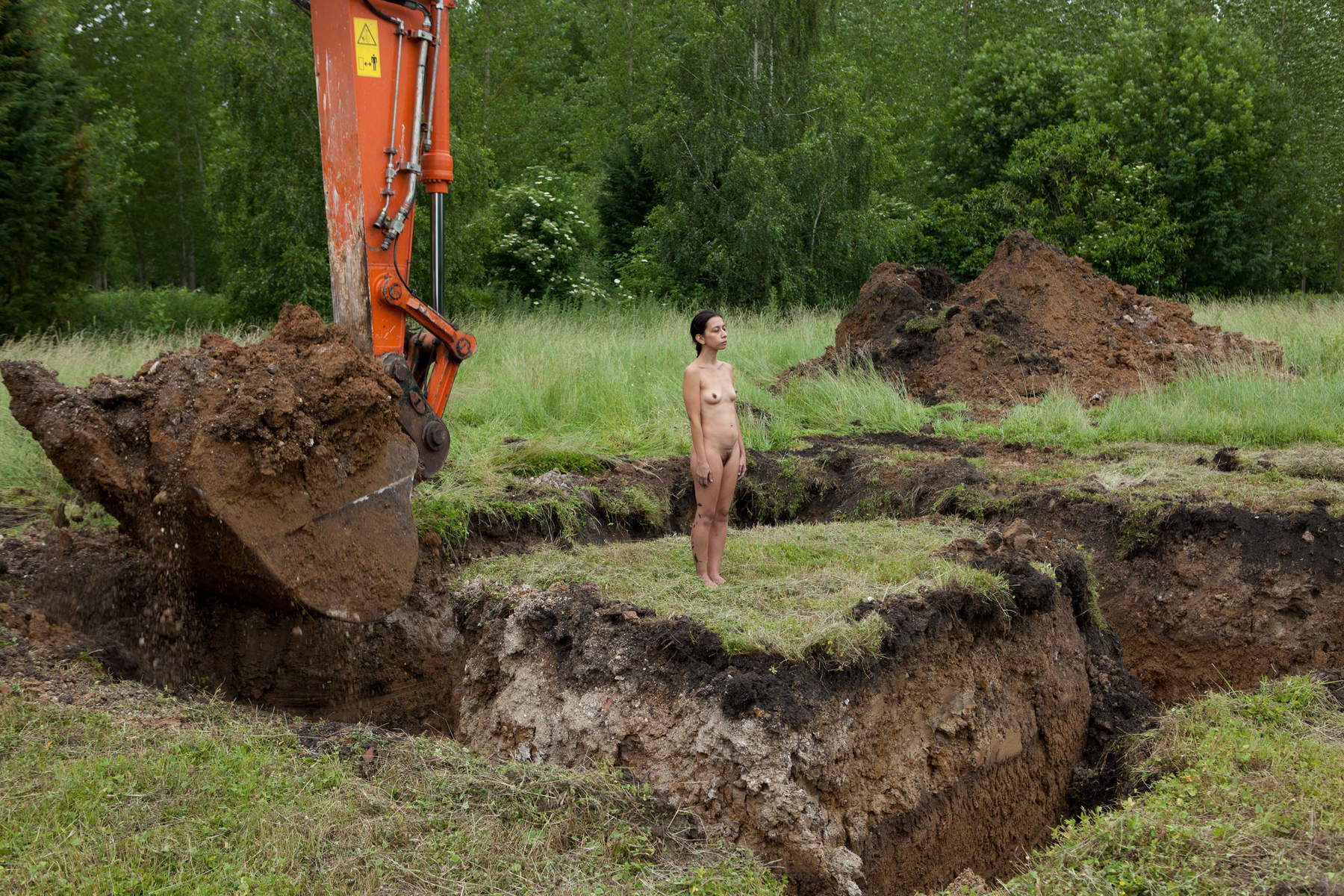Turin, PAV hosts Tierra, solo exhibition by Regina José Galindo
From Nov. 5, 2022 to Feb. 26, 2023, PAV - Parco Arte Vivente in Turin will host the exhibition Tierra, a solo show by Regina José Galindo (Guatemala City, 1974), a Guatemalan artist who for more than 20 years has been investigating the theme of social justice through performative practices whose expressive center of gravity is located in the relationship between the body and the environment. The exhibition, curated by Marco Scotini, follows those dedicated to Indian artist Navjot Altaf and Indonesian artist Arahmaiani in investigating the specific relationships between environmental exploitation and oppressed subjects, women and minorities, decentralizing the gaze beyond the geographical and cultural boundaries of the so-called West.
The exhibition will trace the 20-year career of Galindo (winner of the Golden Lion at the 51st Venice Biennale as best young artist) focusing on the ways in which each of her contacts with natural elements should be read intersectionally and militantly. And among all natural elements, the earth that gives the exhibition its title has its own particular status: Galindo’s approach eschews any essentialist declination of the relationship between earth and the female body, anticipating and influencing the most recent trends in ecofeminist artistic research. The exhibition will display the results of an approach that has evolved over the years, from the initial focus on Guatemalan socio-political issues, to the (site-specific) attention to the contexts and communities with which the artist interacts. Finally, at the opening, there will also be a never-before-seen performance based on fossil matter to connect the exhibition itinerary to the current humanitarian and energy crisis.
A native of Guatemala City, Regina José Galindo uses the body as the privileged tool of an intense artistic practice, inaugurated in the late 1990s; far from the formal research conducted in traditional art schools, from the very beginning Galindo used art as a mode of communication and political action: born and raised during the long Guatemalan military dictatorship, she witnessed from an early age a civil war marked by fierce repressive practices, even to the point of ethnic cleansing against indigenous peoples.



The physical and conceptual heart of the exhibition, the performance Tierra (2013) bears witness to the trauma that innervates the memory of its people. A trauma in which the land is the barycenter of crimes consummated by attacking bodies (the mechanical shovel digging a pit around Galindo’s body alludes to the mass graves in which the military threw political opponents and indigenous people) as much as on the political and economic level: the coup d’état that inaugurated the military regime of Carlos Castillo Armas in 1954 was essentially constructed by the United States to protect the interests of the United Fruit Company.
At the same time, in Mazorca (2014) the predatory and violent action represented by the mechanical shovel translates into four men severing with a machete the plants around the body of the artist, standing in the middle of a corn field. The military’s repressive strategies included precisely the destruction of the fields, which are crucial to the livelihood of the indigenous population. A threat that was followed up, twenty years after the conflict ended, by a law passed in the same 2014 by the Congreso de la República, commonly known as the Monsanto law . The name of the famous U.S. multinational brings us back to the inseparability of ecology and politics.
With Galindo’s exhibition, PAV Parco Arte Vivente wants to reiterate in a particularly crystal-clear way the guiding thread of its programming, affirming that sensitivity to ecology can in no way be separated from a radical analysis of the economic and political power relations that draw contemporary capitalism.
During the period when the exhibition is open to the public, upon reservation, PAV’s AEF Educational and Training Activities will offer schools and groups the workshop activity Patchwalking - Creating New Territories OMGFree. The common good, understood as a planetary totality to be preserved, underlies a collective code that is proper to all living species. Migrations and displacements produce a continuous contamination between local and global, whereby geographies and cultures redistribute and change according to criteria of hybridization, adaptability and encounter. During the workshop, starting from the symbolic value of the earth, which each group is invited to bring from its place of belonging, and through the use of colored pigments provided, a collective work is produced in which the material experience with the earth gives rise to an organic mapping made of traces and trajectories.
The exhibition is realized with the support of Compagnia di San Paolo, Fondazione CRT, Piedmont Region, City of Turin.
 |
| Turin, PAV hosts Tierra, solo exhibition by Regina José Galindo |
Warning: the translation into English of the original Italian article was created using automatic tools. We undertake to review all articles, but we do not guarantee the total absence of inaccuracies in the translation due to the program. You can find the original by clicking on the ITA button. If you find any mistake,please contact us.





























